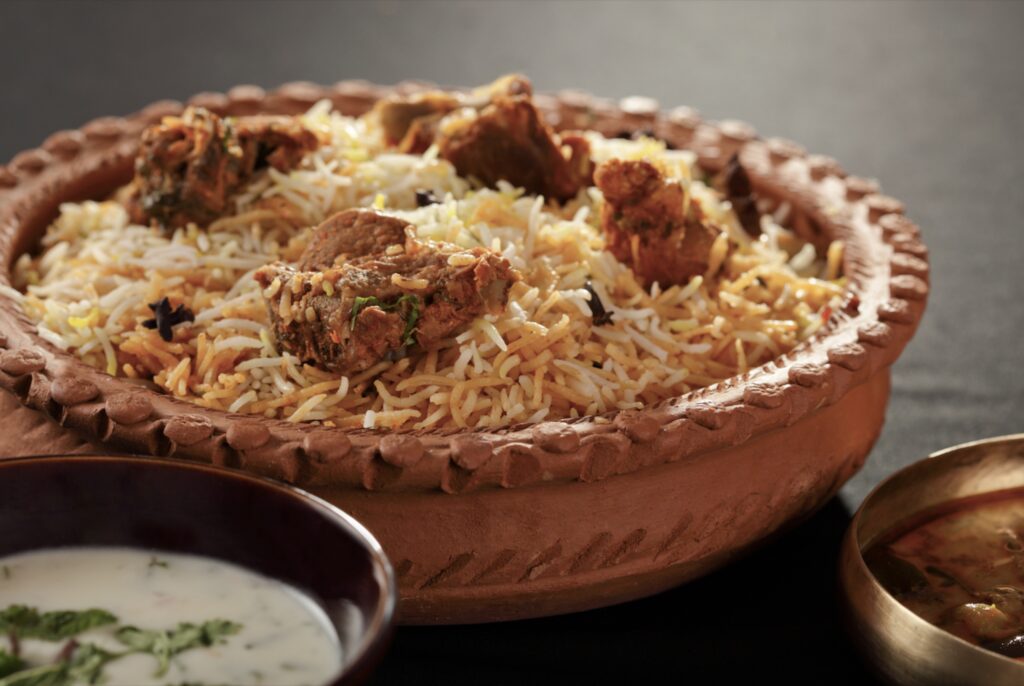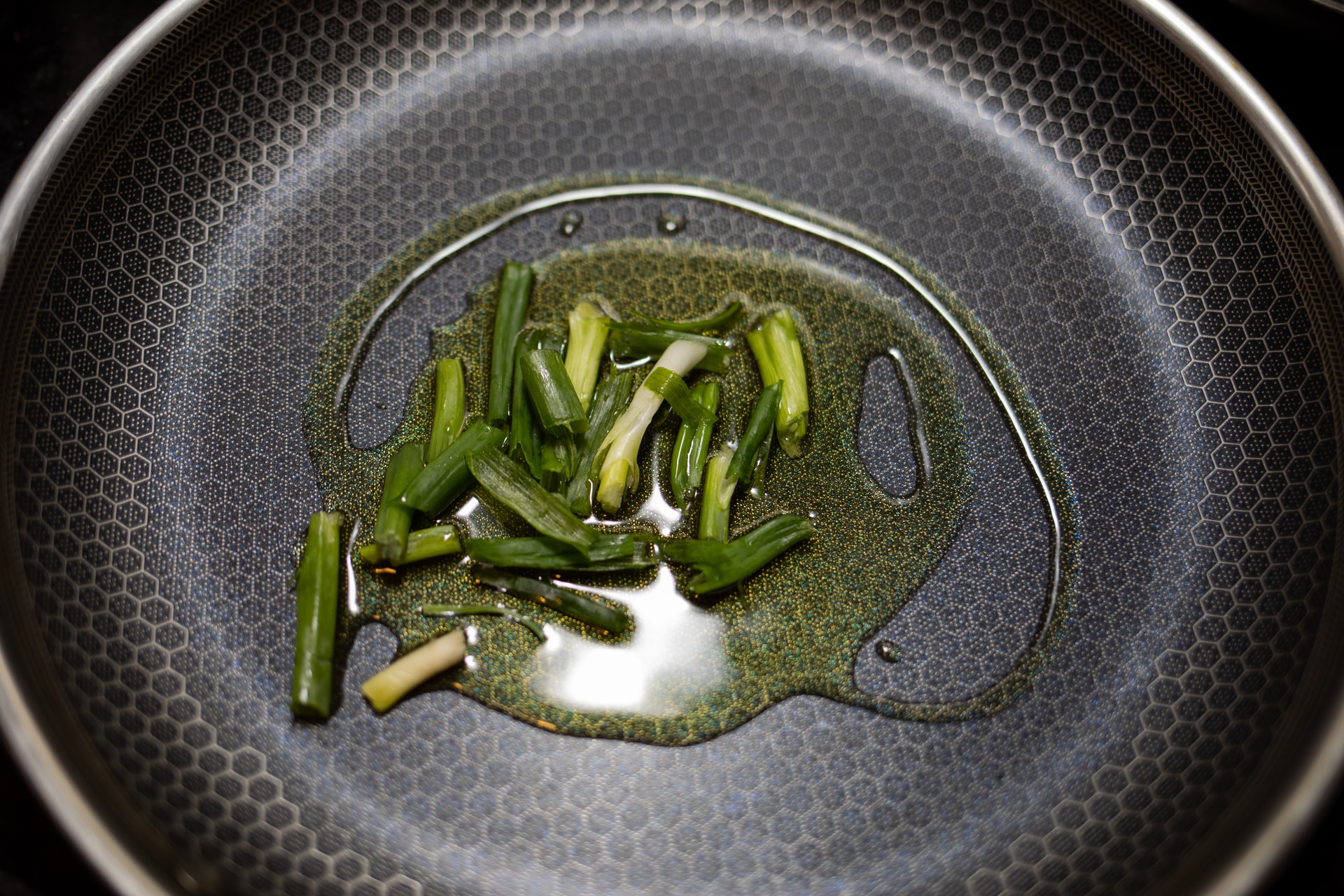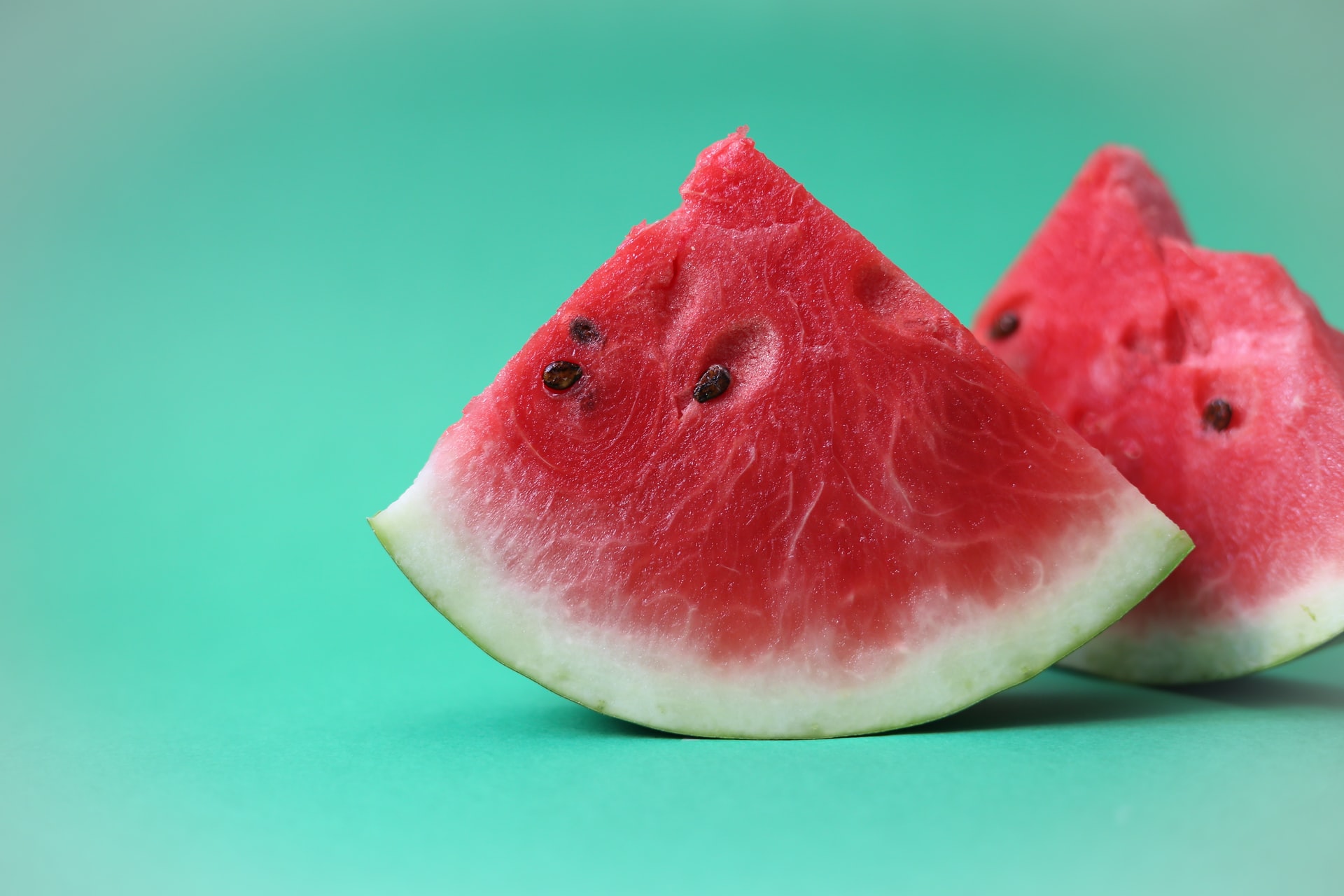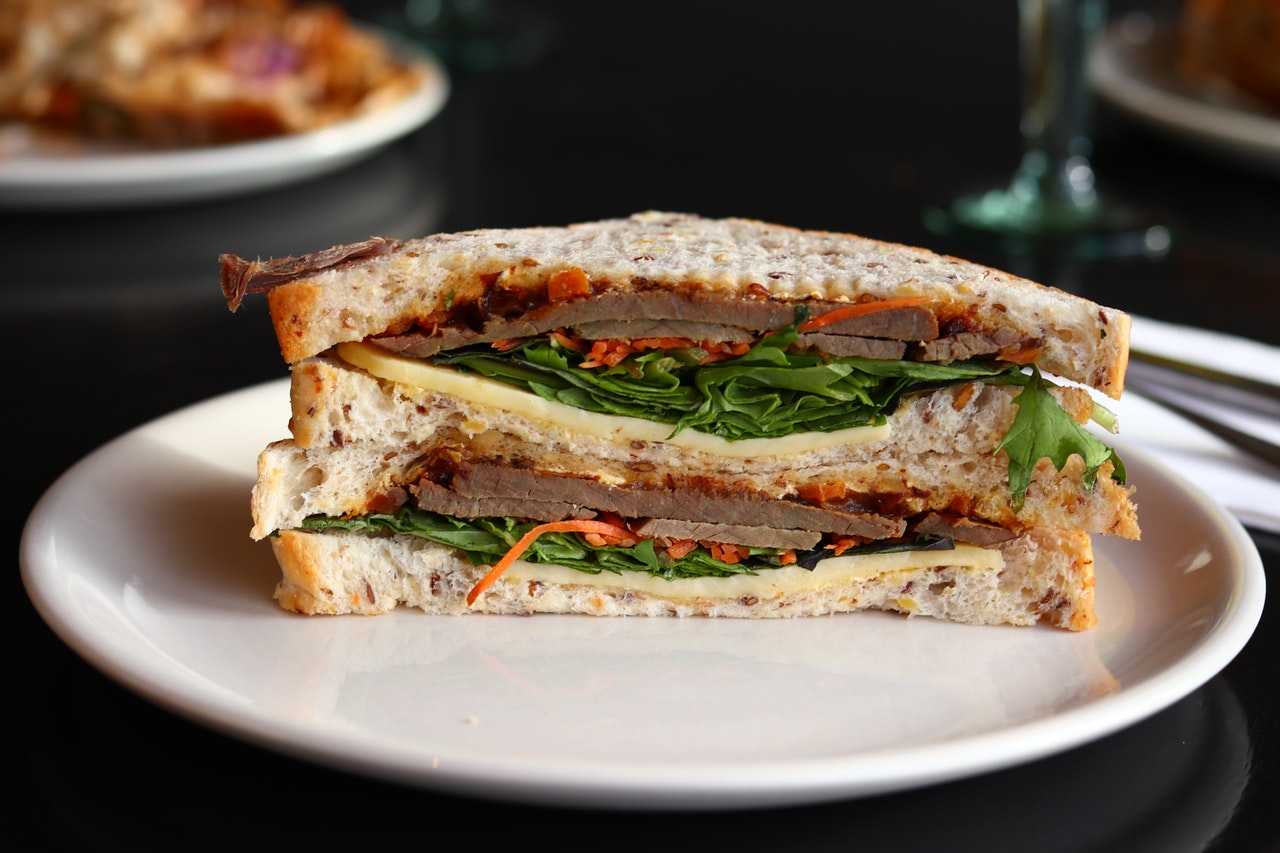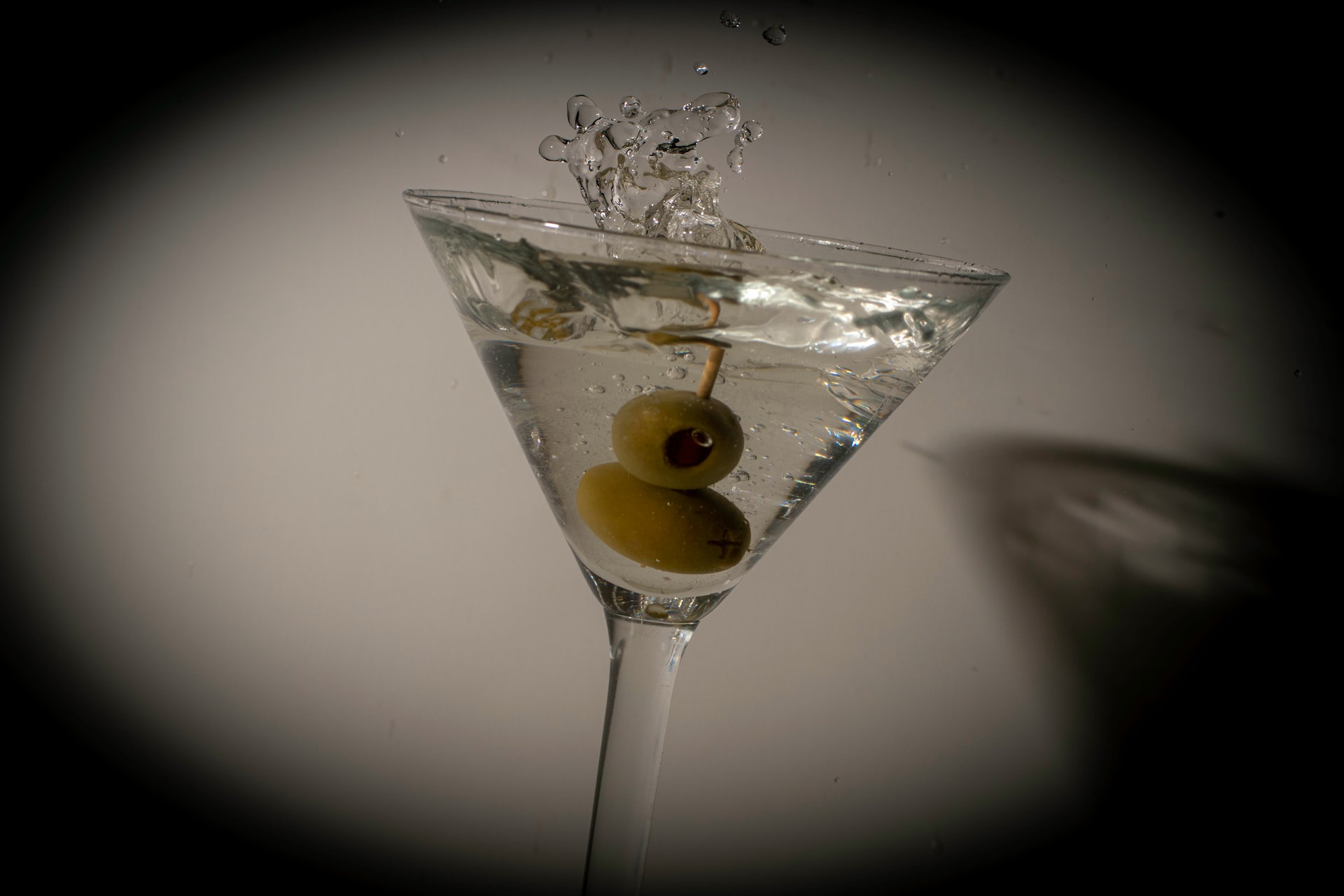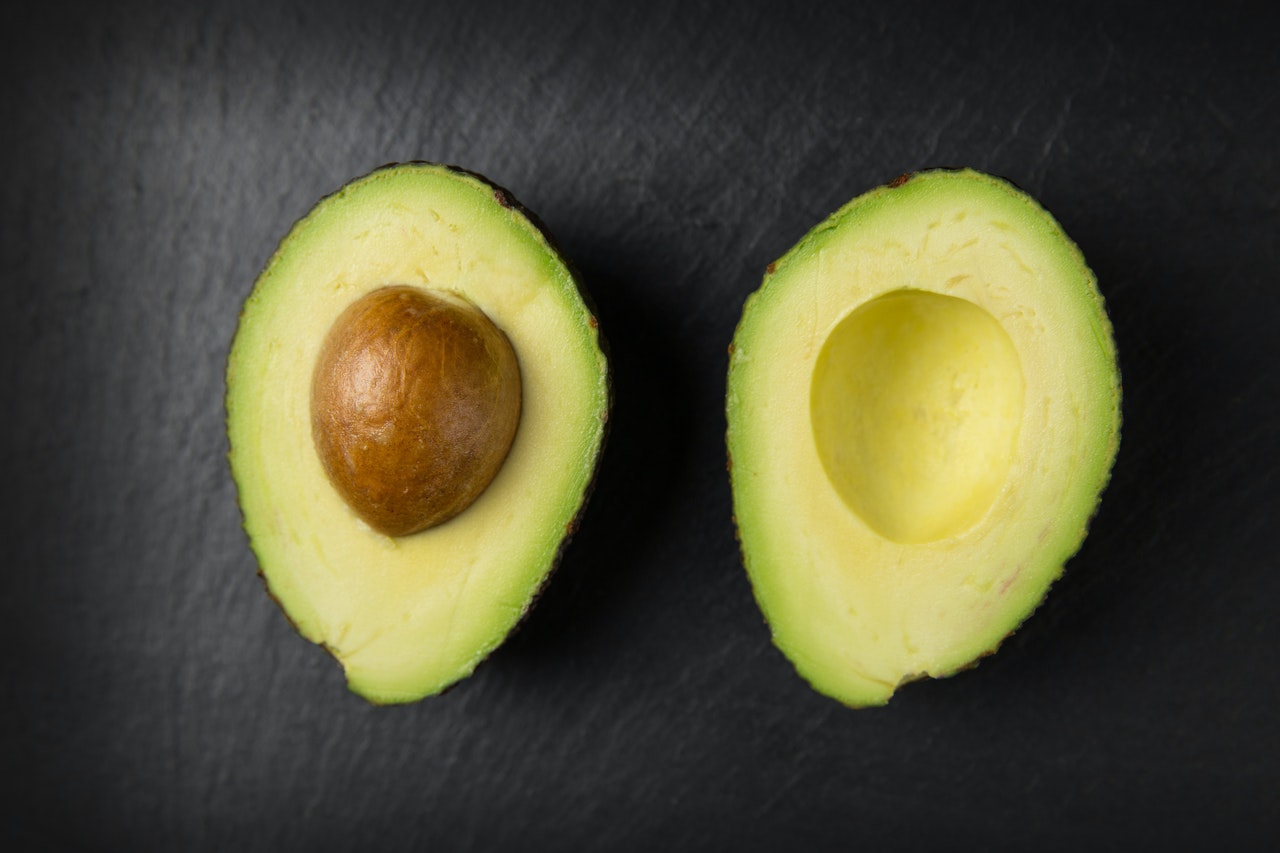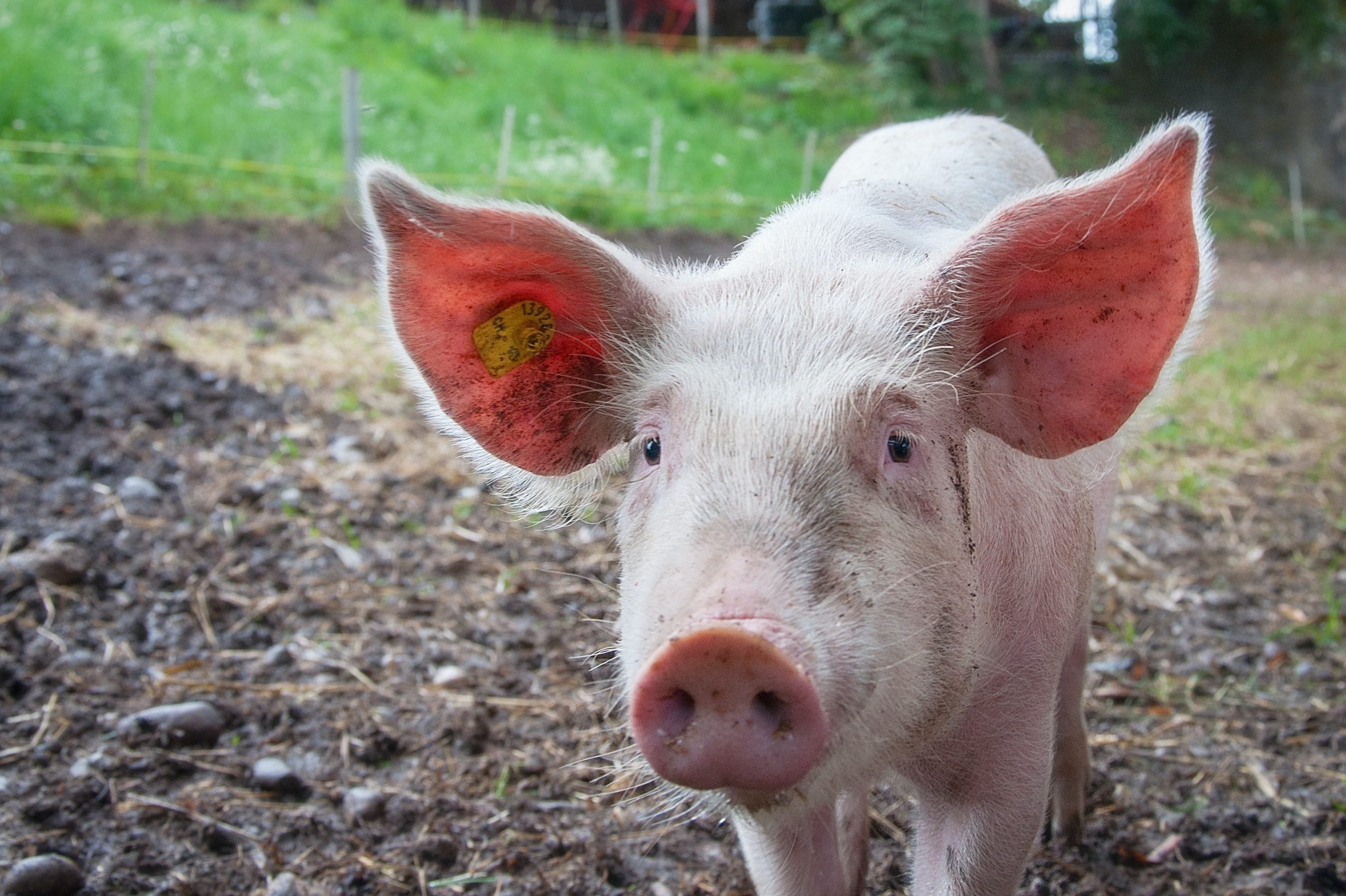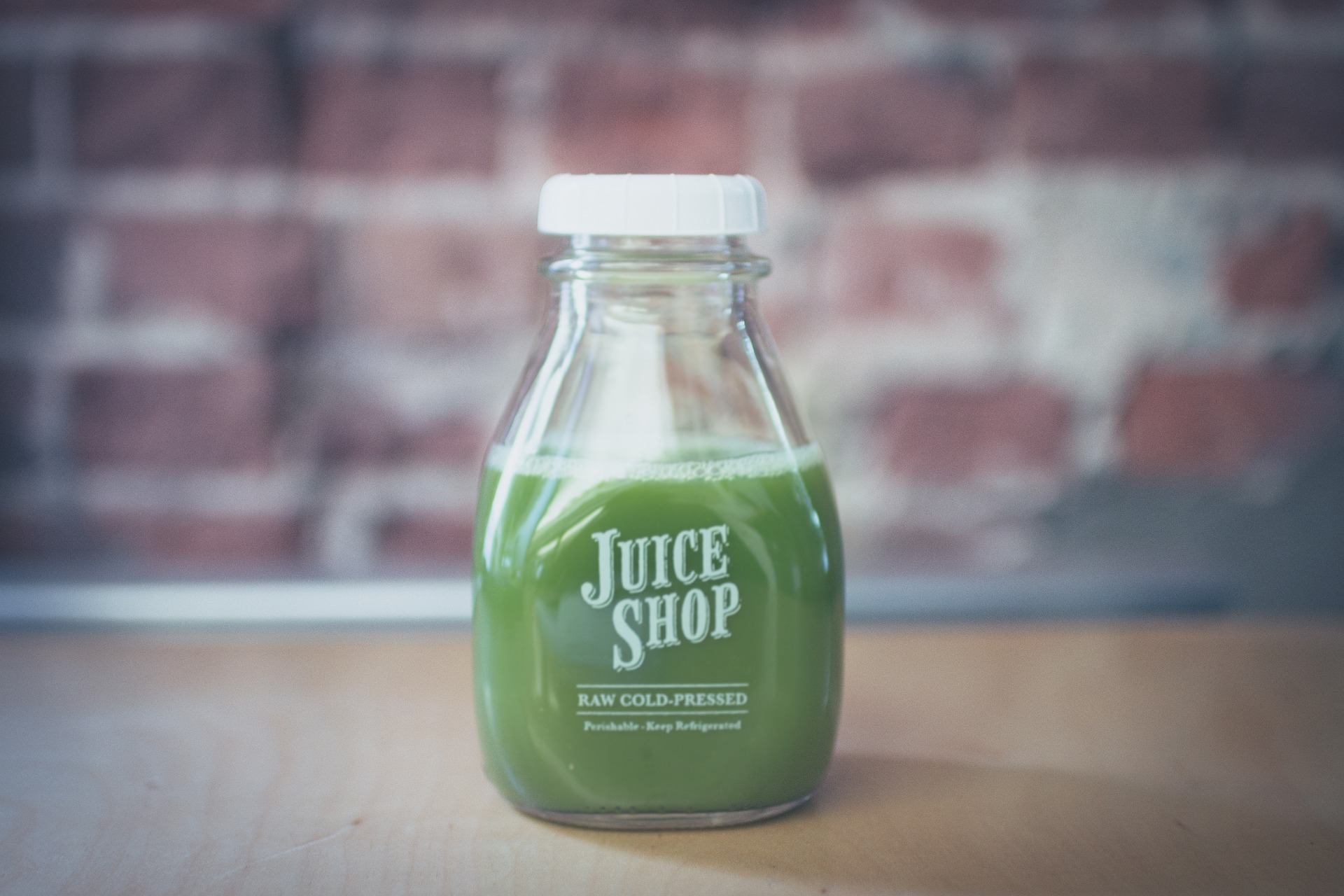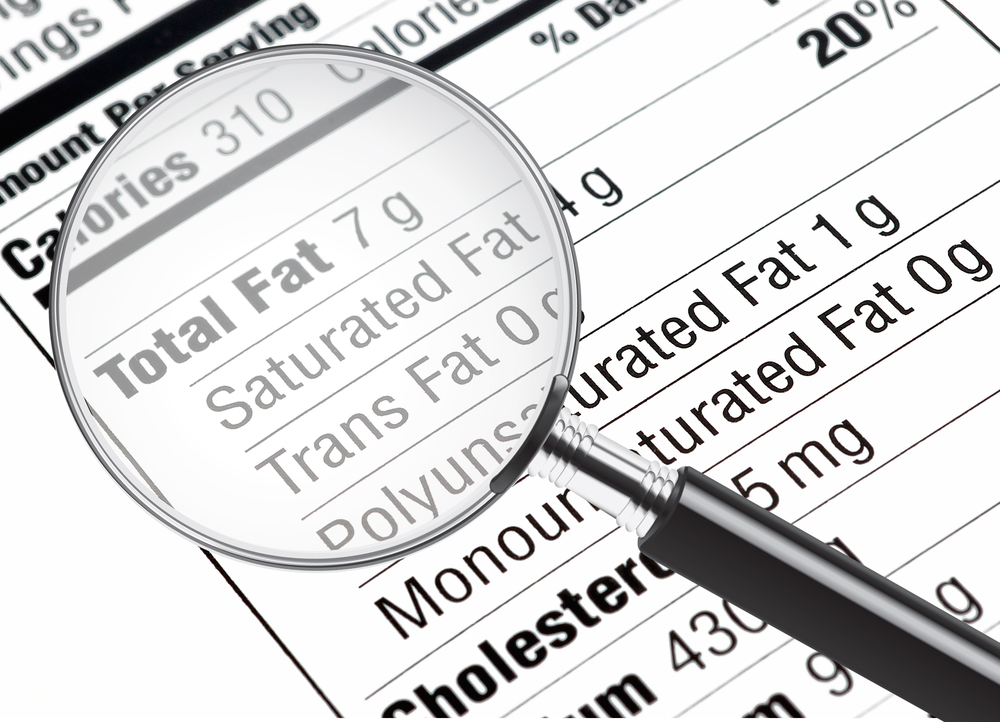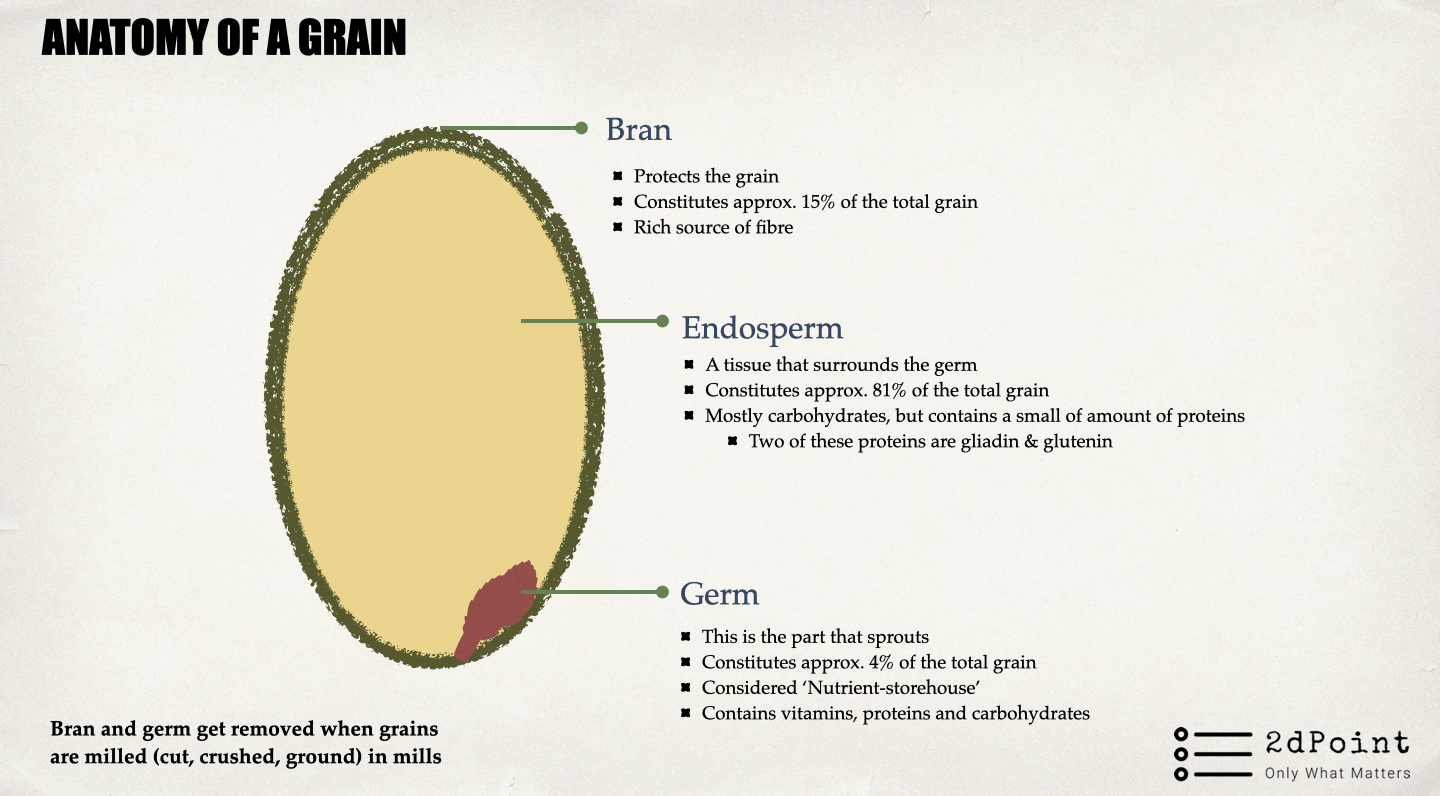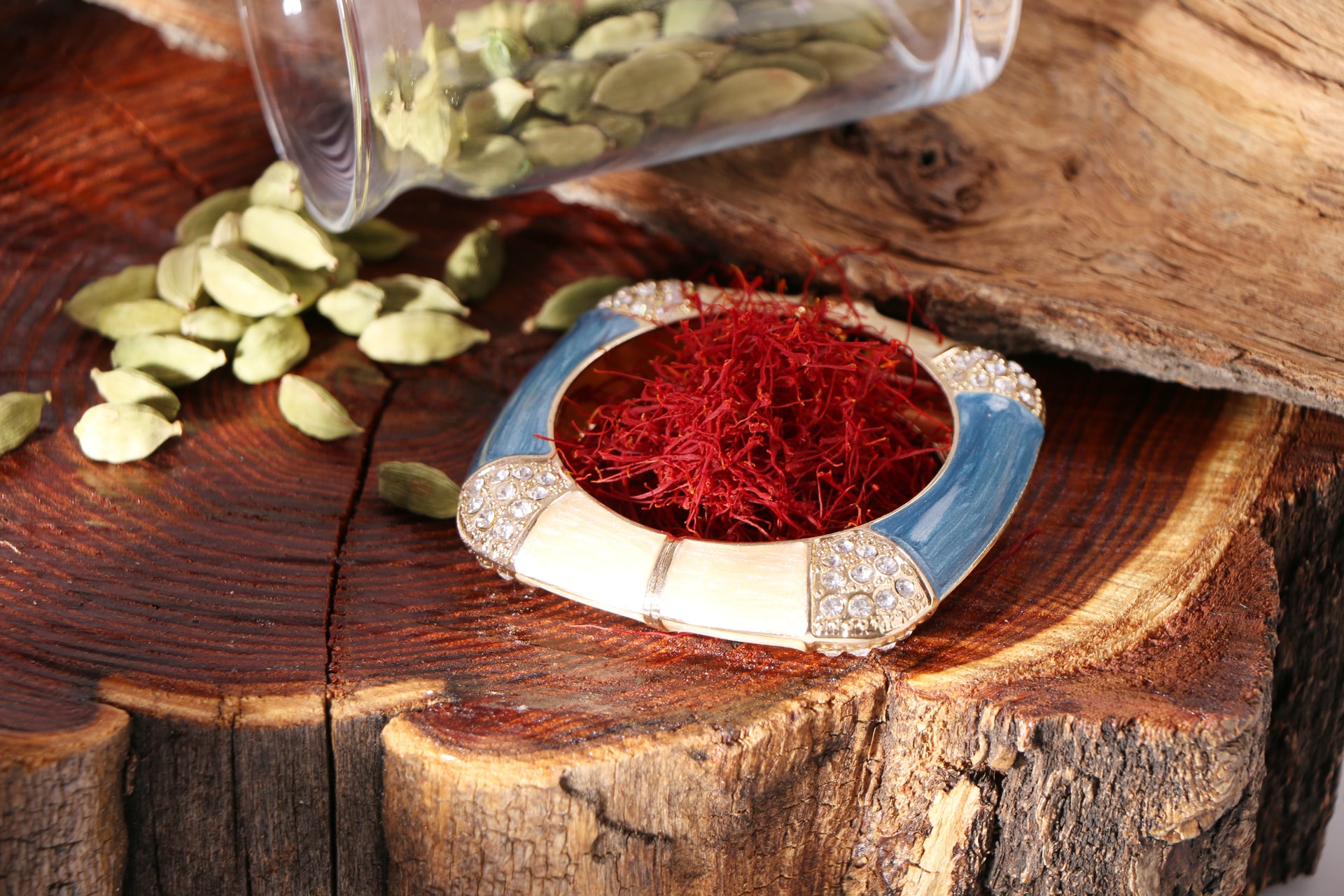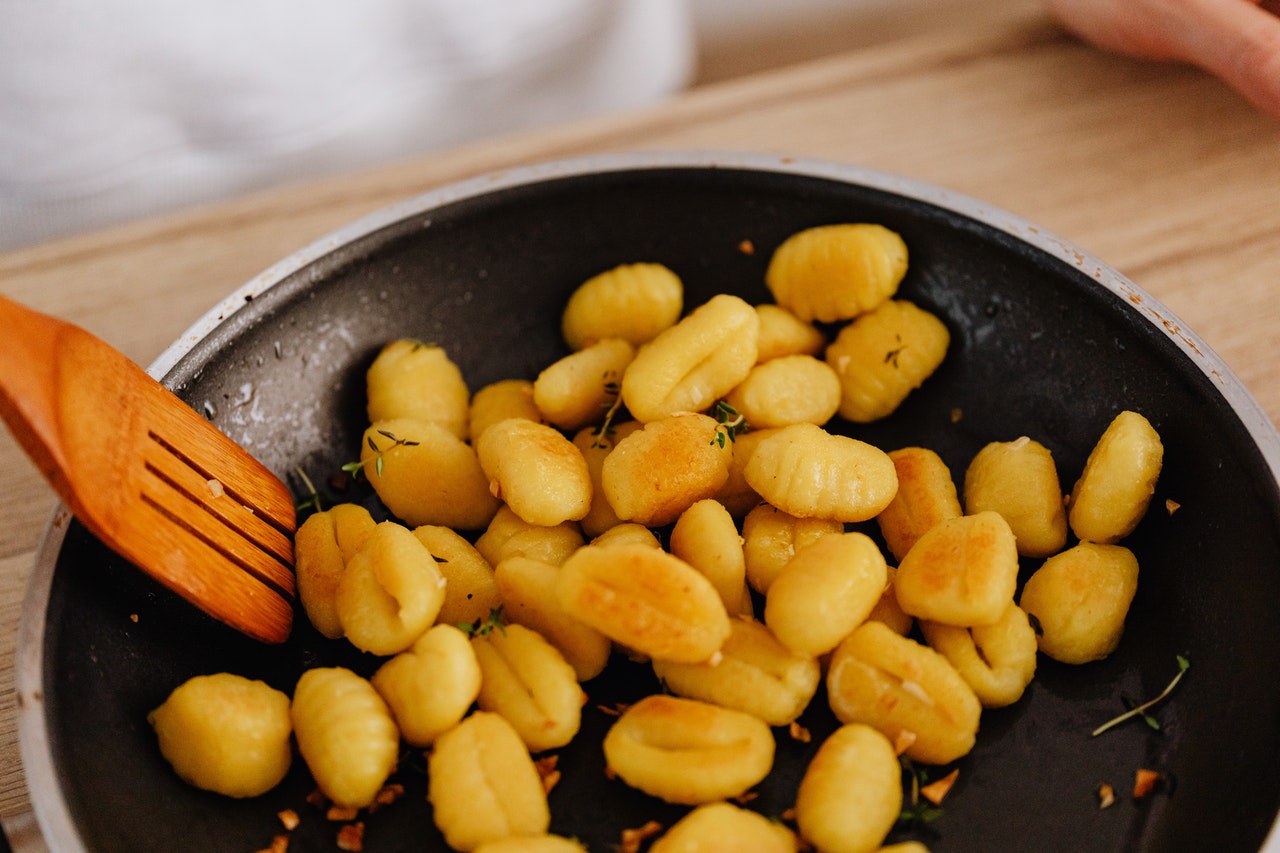Reading Time: 2 minutes
- There are supposedly over 40,000 varieties of rice in the world and these can be broadly categorized into 3 categories: long-grain, medium-grain, and short-grain.
- Basmati rice is a variety of long-grain rice.
- Basmati comes from Sanskrit words namely vas (aroma) and mayup (ingrained) – combined it becomes vasmati i.e. fragrance is ingrained in the rice.
- This variety of rice is traditionally grown in India and Pakistan – India (in 2018-19) contributed 65% (4.4 million metric tonnes) of the basmati rice exports, while Pakistan contributed the remaining 35%.
- CountriesIn Kenya, a rice variety called Pishori or Pisori is grown, but it is a corruption of the word Peshawari from where the Basmati variety used to be imported to the countries of East Africa in the past. In the US, Basmati-based hybrids are grown. such as Indonesia, Nepal, and Sri Lanka also have some basmati varieties, but so far exports from these countries are negligible.
- There are 29 sub-varieties of basmati in India alone and for any rice to qualify as basmati, it should have a pre-cooked length of 6.61mm and a pre-cooked breadth of not more than 2mm.
- The fragrance in basmati rice comes from a chemical compound called 2-acetyl-1-pyrroline, which is up to 12 times higher in quantity in this rice than in other white rice varieties.
- Basmati is considered special not only because of the fragrance but also because it is low in arsenic and has a comparatively lower Glycemic Index.
- Arsenic is a heavy metal that can be harmful as it potentially increases the risk of diabetes, heart problems, and certain cancers.
- The glycemic index (GI) is a number between 0 & 100 assigned to food, which represents the relative rise in the blood glucose level two hours after consuming that food.
- Basmati rice has a GI between 56 & 69, while many other white rice varieties have a GI of around 89; so basmati rice is relatively more suitable for diabetics.
- One of the reasons that basmati rice varieties are more expensive is because basmati rice grass (rice is edible seed of the grass) is much taller than most other varieties, and so they are prone to wind damage, and thus more challenging to grow.
- Also, some varieties of basmati rice are aged (for up to 2 years), and these aged-varieties are even costlier (3 to 4 times more expensive than the non-aged basmati varieties).
Image courtesy of manubahuguna through Adobe Stock
Reference shelf :

